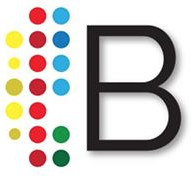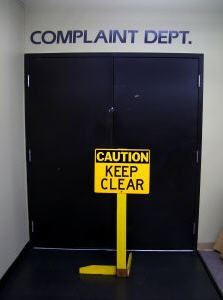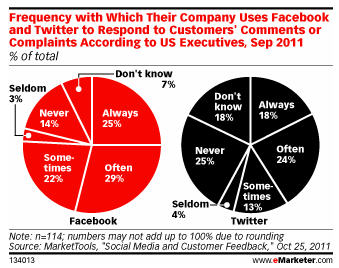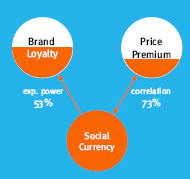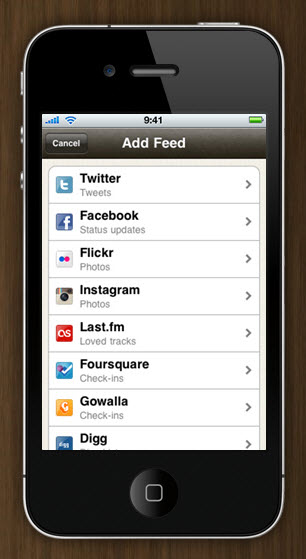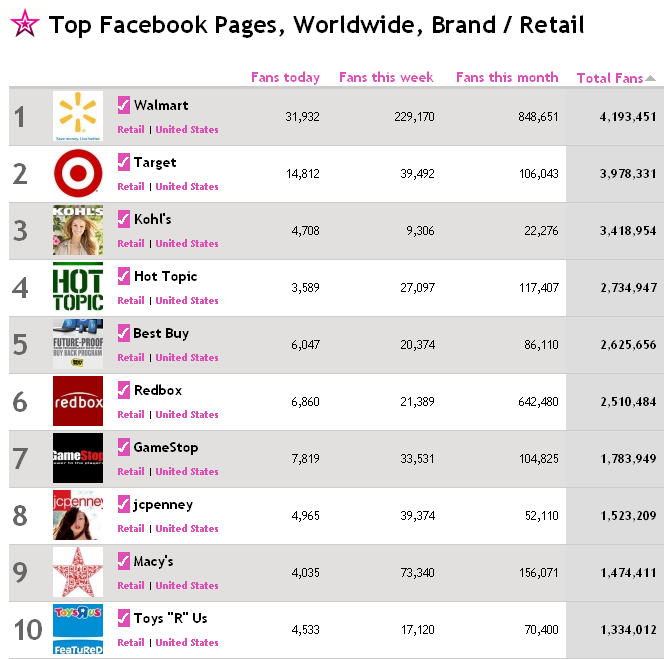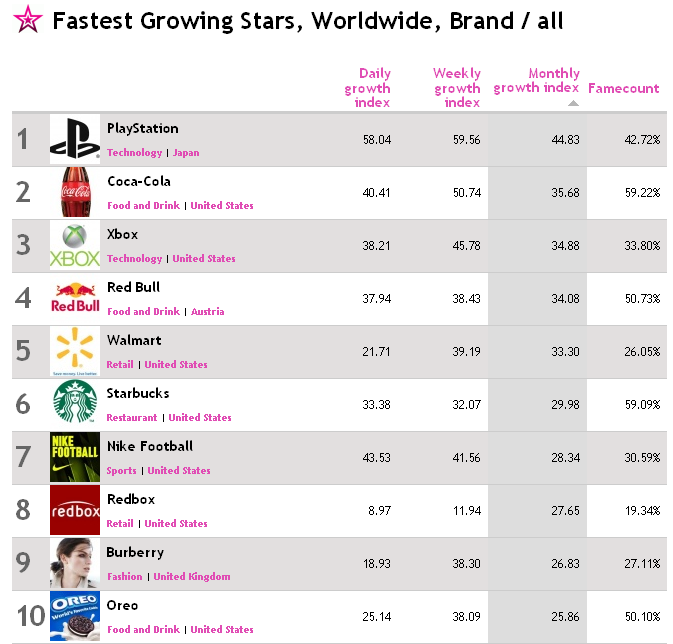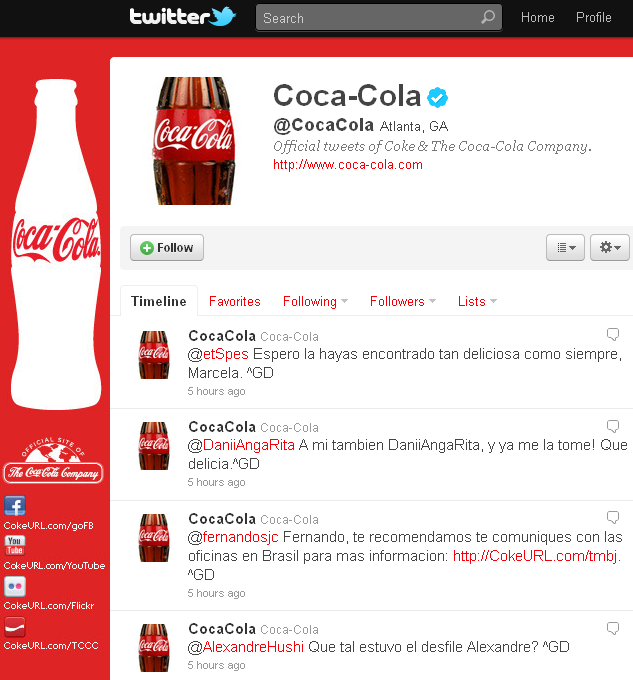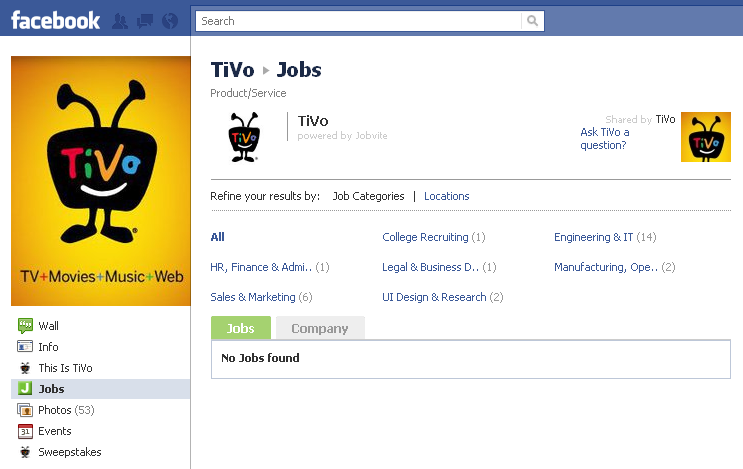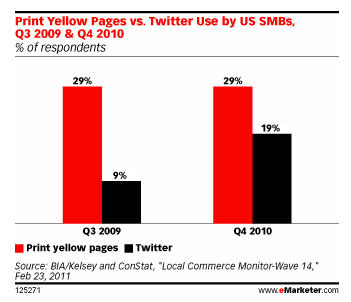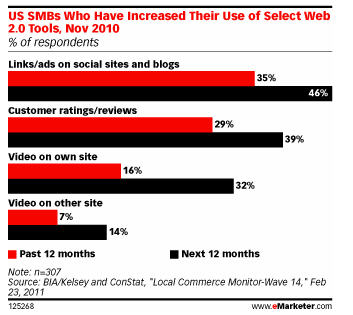Twitter is going to IPO but why can't you find their SEC filing? Where could that pesky S-1 be hiding? Last year my colleague Ryan Field posted about the looming red herring shortage and his prediction has come to fruition. As Ryan reported, the Jumpstart Our Business Startups (JOBS) Act was signed into law in April 2012. The law is designed to encourage entrepreneurship both by making it easier and safer to go public and by relaxing certain fundraising requirements imposed by the Securities and Exchange Commission (SEC).
Under the JOBS act, Emerging Growth Companies (EGCs are those that posted revenues of under $1 billion during their most recent fiscal year) are able to confidentially file drafts of their registration statement (S-1) for non-public review prior to their actual public filing. An EGC’s S-1 is only made public 21 days before it conducts a roadshow.
Twitter is one of those EGCs so we know their revenue is under $1billion. Luckily, Twitter is expected to release the filing any day (maybe this week). Each S-1 filing contains unique information about each company but you can usually expect to see five years of financials, breakdown of revenues by type, and other market research on the industry as a whole. Based on the Facebook S-1 we will probably see a lot of Twitter usage information too.
Watch your Twitter feed for exciting SEC news coming soon!
